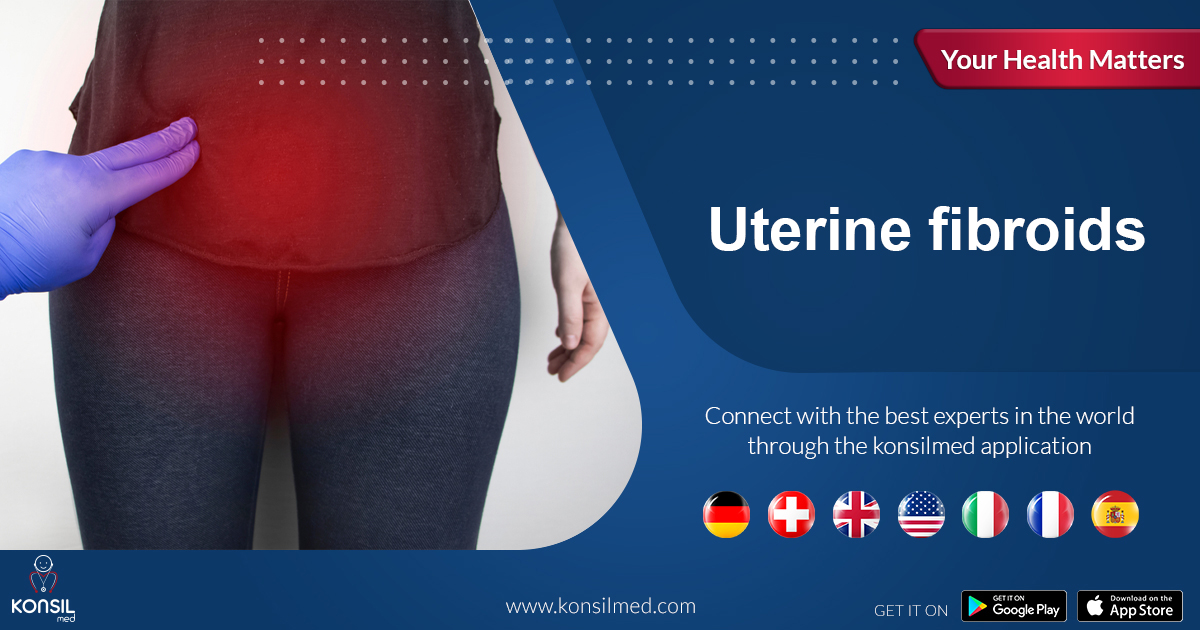
A fibroid is a benign tumor that affects the uterine muscle tissue in women of fertile age. This tumor is very common and about 75% of women develop it during their lives, but it is not dangerous because it does not turn into a cancerous tumor and because it does not pose any risk of developing uterine cancers. Therefore, there is no need for any medical procedure to treat it.
If the tumor causes pain or leads to the appearance of other symptoms, it can be treated by taking medications, or by performing a complete removal of the tumor.
Symptoms of uterine fibroid:
In general, women do not complain of symptoms of uterine fibroids, but in cases where this tumor causes specific complaints, the symptoms that affected women may suffer from are as follows:
* Heavy bleeding during menstruation that lasts for a week.
* Pressure and pain in the pelvic area.
*Increased frequency of urination.
*Difficulties in completely emptying the urinary bladder.
holding.
*Pain in the back or legs.
Rarely does a patient with a myoma feel severe pain, but if such pain occurs, it means that the tumor has enlarged to the point that the blood supply to it is no longer sufficient, and a state of gangrene occurs here, which is a state of local cell death.
These dead cells secrete substances into the surrounding area, and these secreted substances lead to an increase in temperature and a feeling of pain.
Causes of uterine fibroids:
Uterine myomas grow from the smooth muscle tissue present in the uterus due to the division of one of the cells of the muscle tissue in an uncontrolled manner, which leads to the formation of a solid mass that is different from its surroundings. To this day, the factors that lead to the occurrence of myomas in the uterus are not yet known, but they appear to be There is a clear relationship with the following:
1. Genetic mutations
In many cases of myomas, genetic mutations have been diagnosed, especially in areas specialized in transforming cells into uterine muscle cells.
2. Hormones
Estrogen and progesterone are the hormones responsible for preparing the uterus for pregnancy and for the growth of its lining. A relationship has been found between the appearance of uterine myomas and these hormones, as the percentage of estrogen and estrogen receptors was very high in affected women compared to women who had healthy uterine tissue.
3. Family history
It has been shown that women who come from a family in which this disease was diagnosed are more susceptible to developing myoma.
4. Ethnic origin
It was also shown that dark-skinned women were also more susceptible to the disease than others, and it was found that the myomas in these women were larger and appeared at a relatively early age compared to other women.
5. Excess obesity
The relationship between excess obesity and myomas is uncertain, although many researches have shown that excess obesity increases the possibility of developing myomas in the uterus.
Complications of uterine fibroid:
In general, uterine myomas are not dangerous and do not lead to any complications, but they may lead to a feeling of discomfort, but they can lead to the following:
*Anemia: if it causes severe bleeding.
* Reducing the chance of pregnancy: It prevents semen from entering the fallopian tube from the cervix, thus reducing the chances of pregnancy.
*Premature birth: Large and frequent muscle tumors may make the fetus’s physical position inside the uterus incorrect and may lead to premature birth.
*Distortion of the shape of the uterus: It may lead to a significant increase in its size until it reaches the diaphragm.
Uterine fibroid treatment:
In most cases, there is no need to provide any treatment, but it is sufficient to follow and monitor the tumor only. However, if treatment is needed, the fibroid tumor in the uterus is treated with medications or through a surgical operation, as there is no single treatment that is better than others, but it must To provide the best and most appropriate treatment for each case, treatments include:
1. Drug treatment
2. Surgical treatment
In abnormal and highly complex cases, a complete hysterectomy can be performed, but in the early stages of the disease, a myomectomy can be performed using several methods, including:
*Hysteroscopy: The procedure is performed by inserting a device through the cervix, and it is a suitable method for eradicating tumors located inside the uterine cavity.
*Laparoscopic surgery: The surgical procedure is performed using several small incisions made in the abdominal wall, and is suitable for removing tumors located outside the uterus.
*Abdominal surgery: It is performed by opening the abdomen and extracting muscle tumors. This surgery is suitable for removing large and frequent tumors.




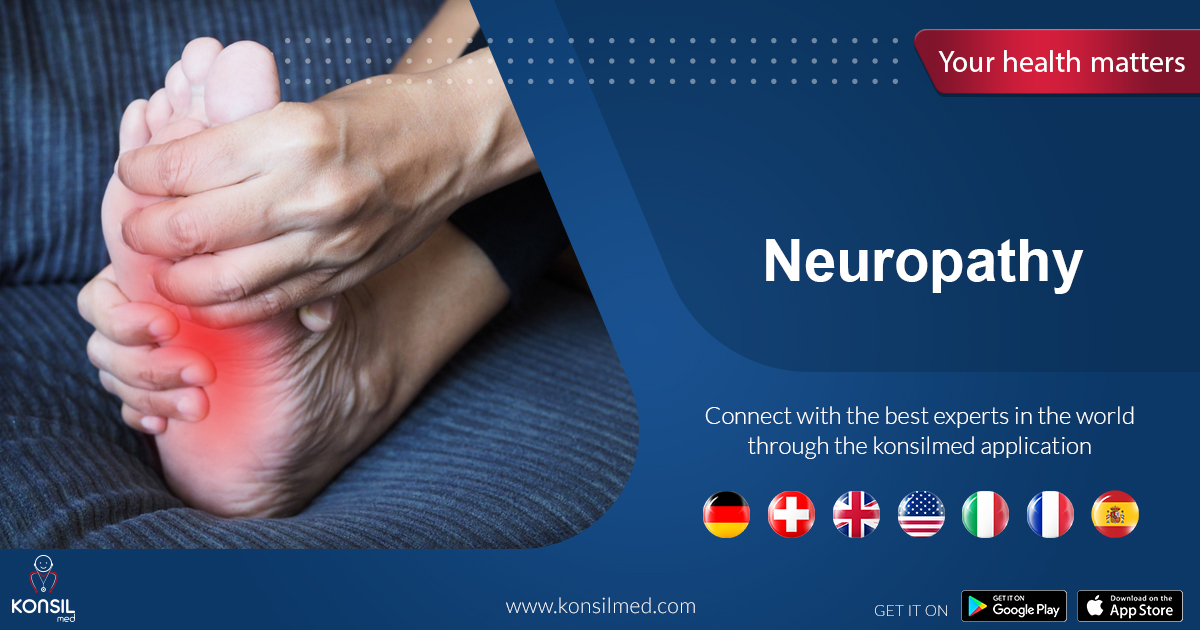






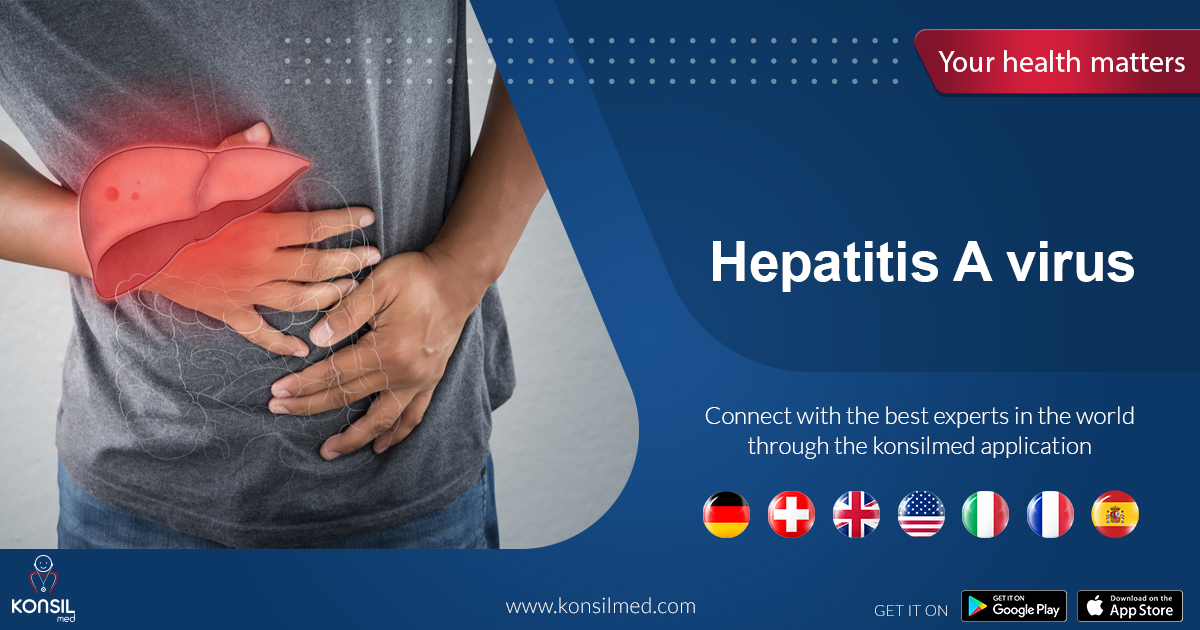

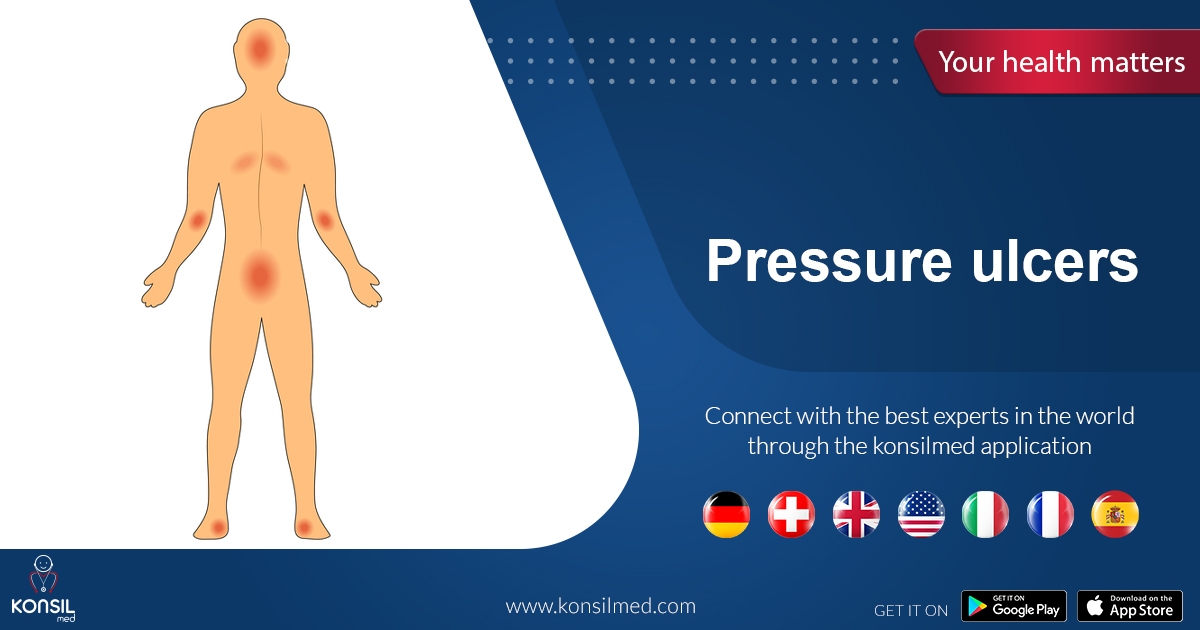


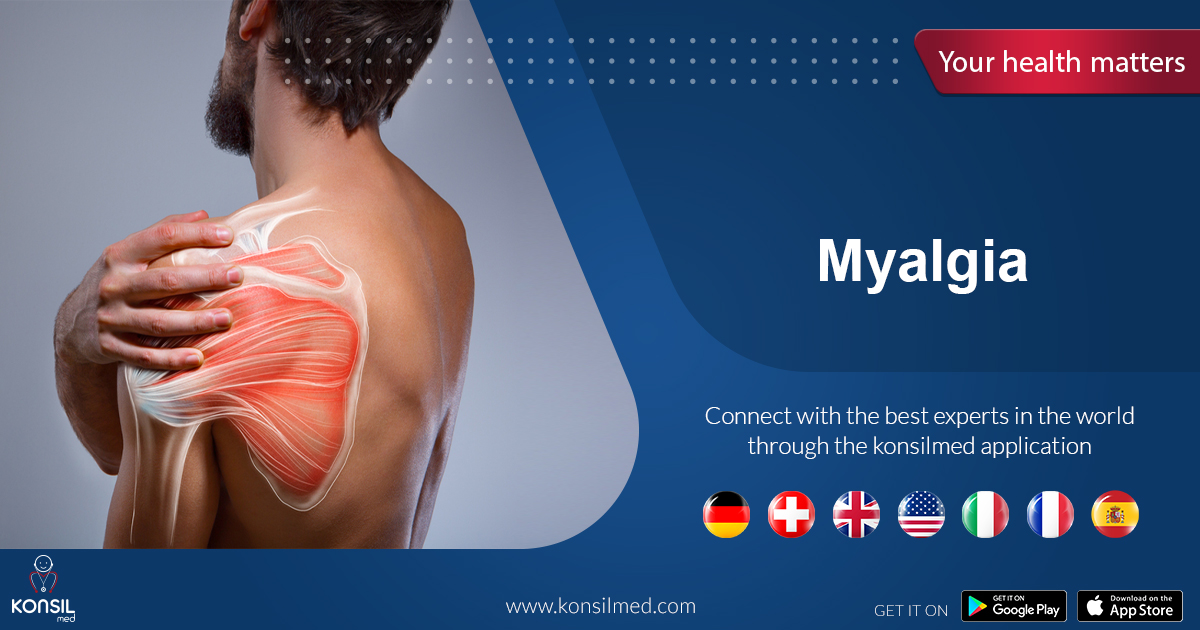











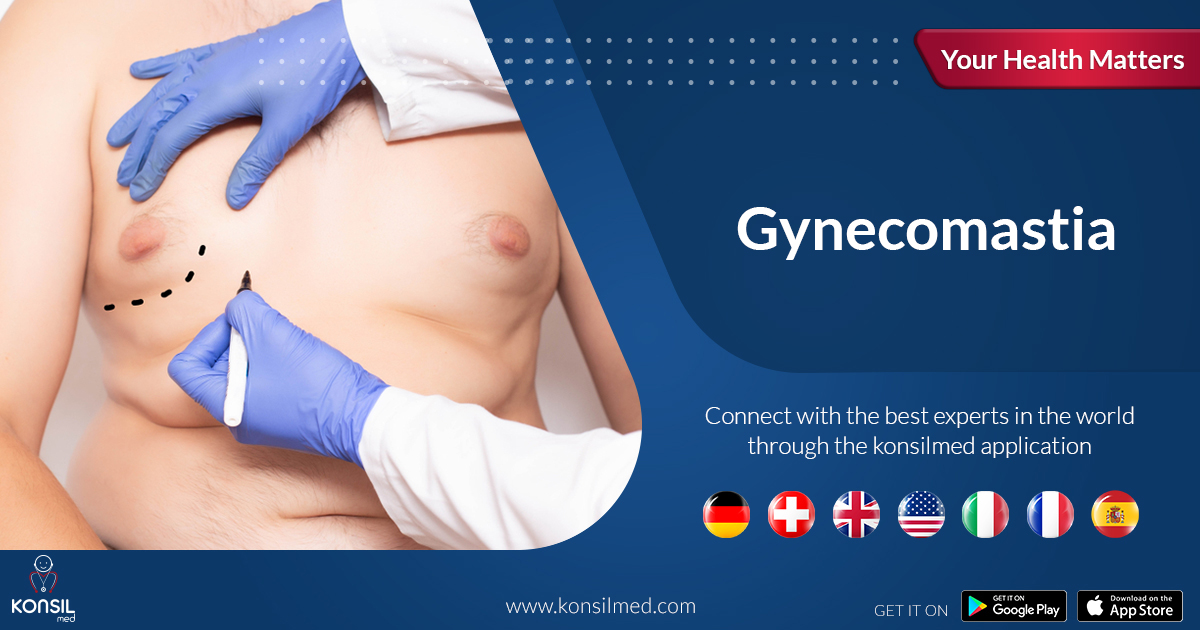




















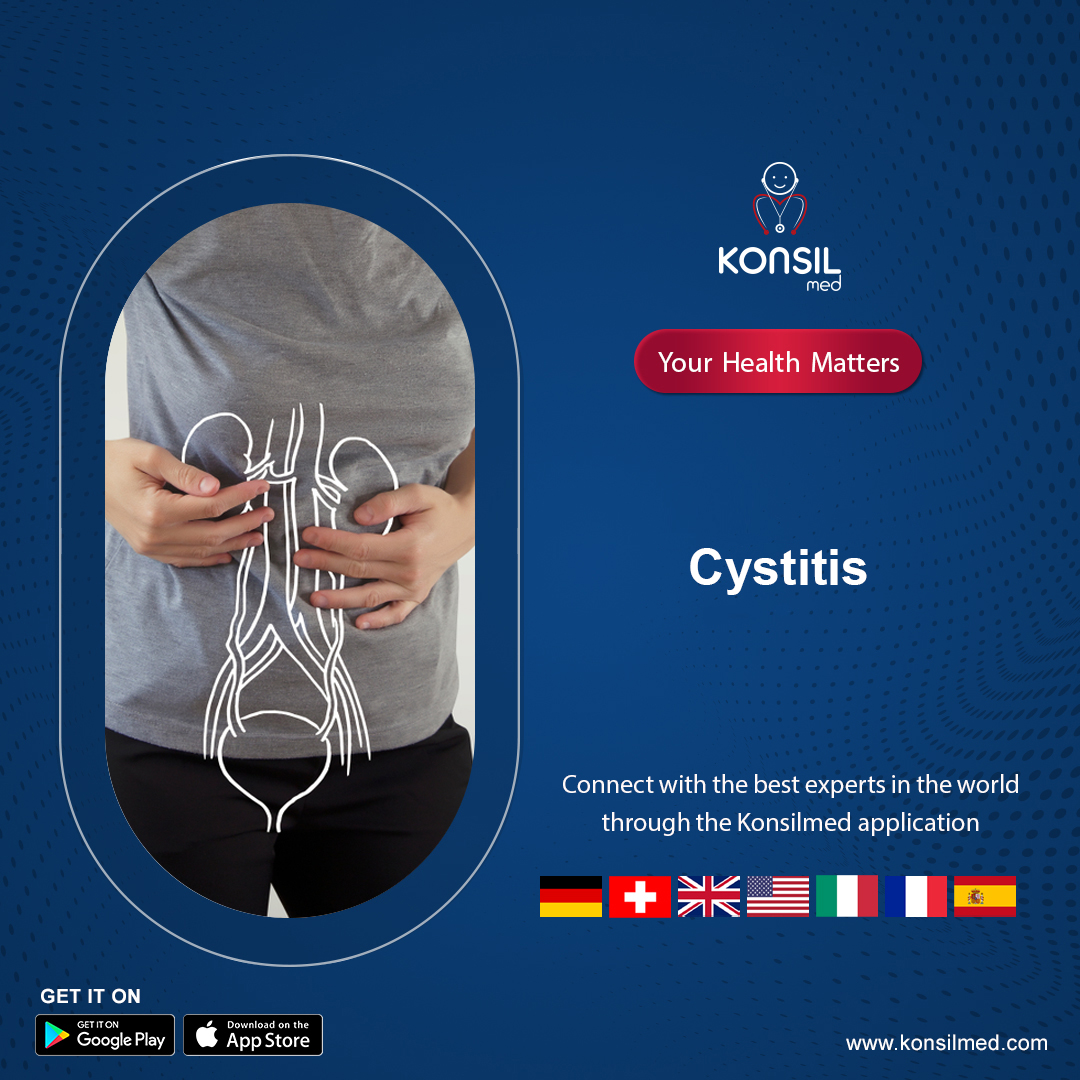














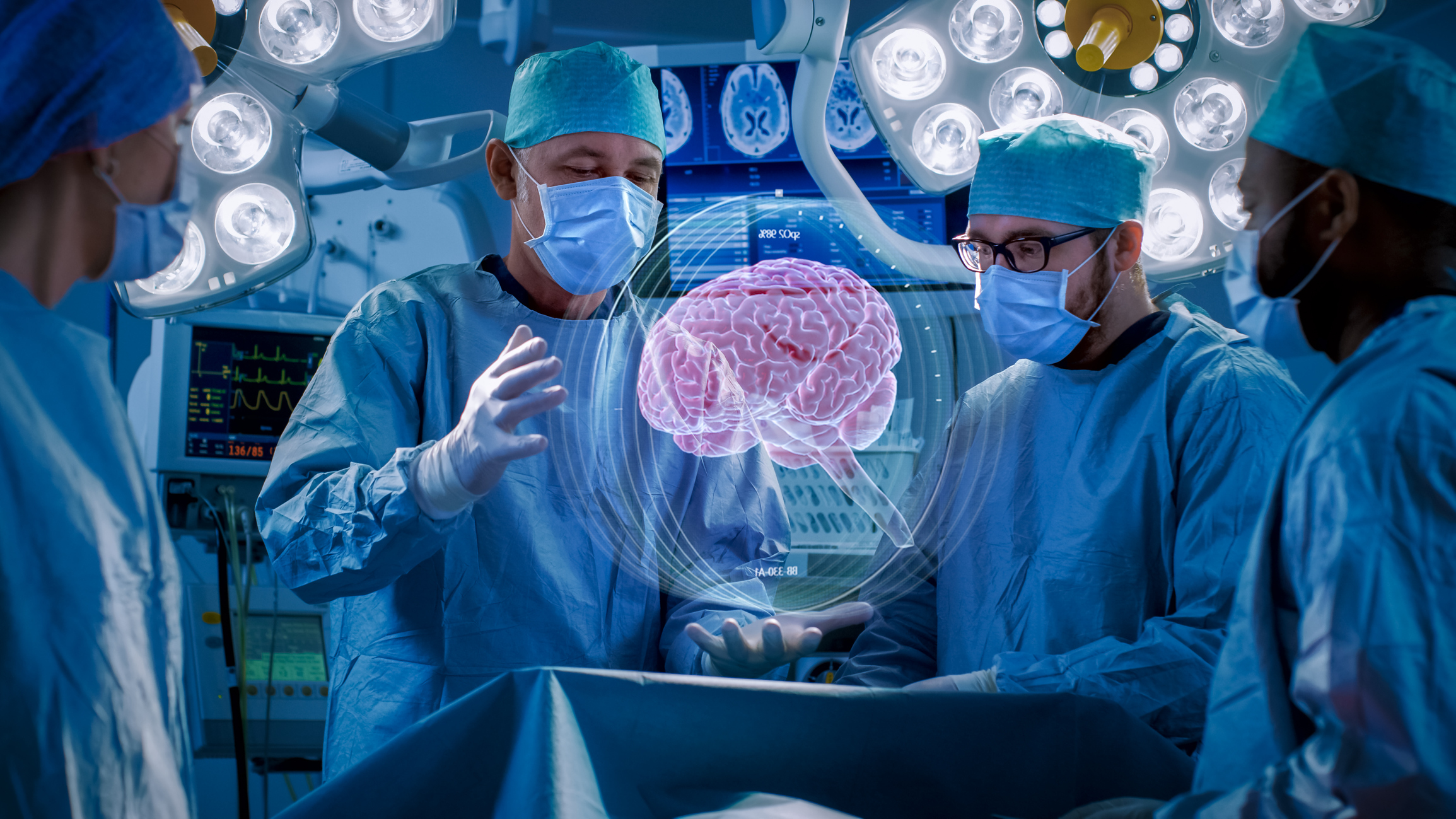


.jpg)
.jpg)